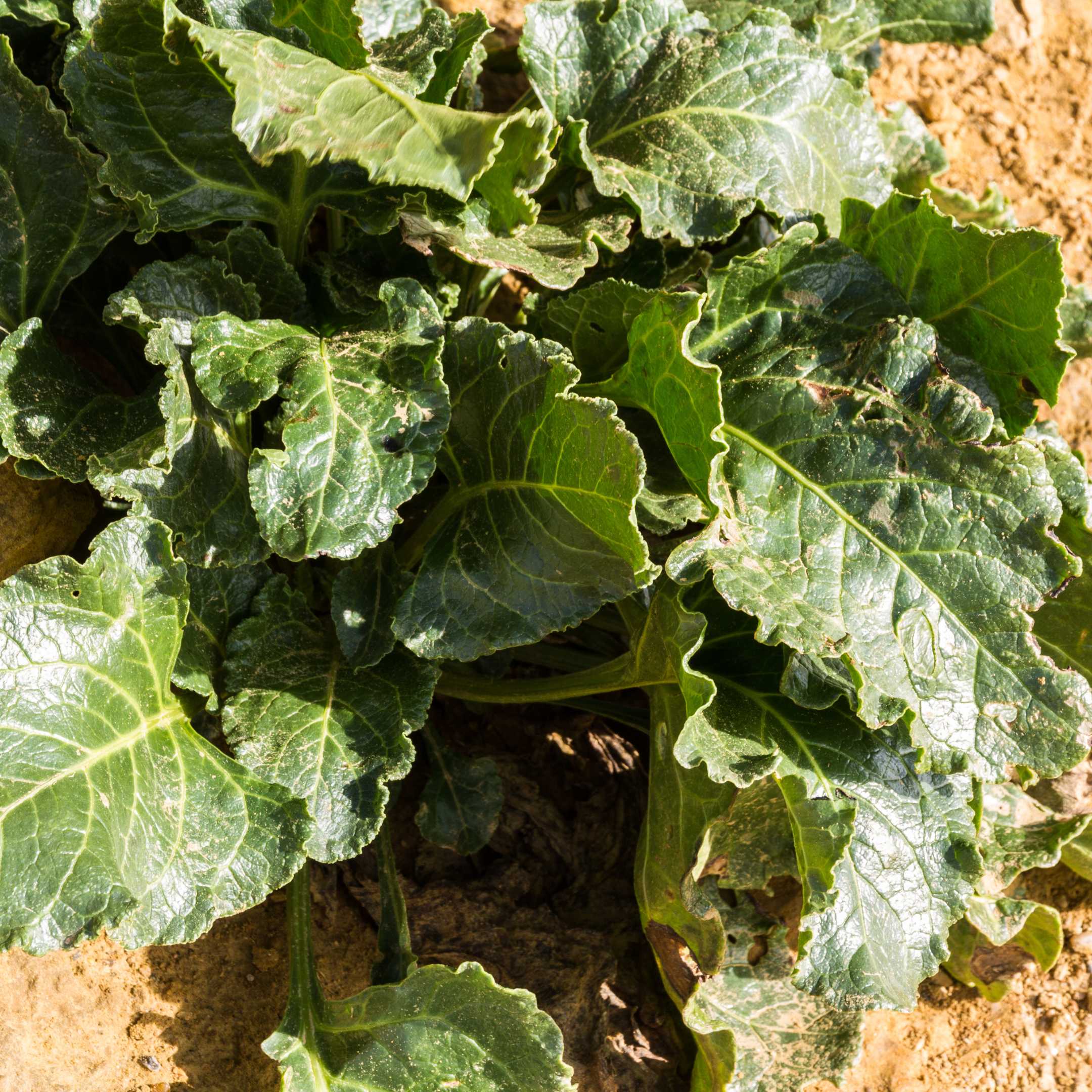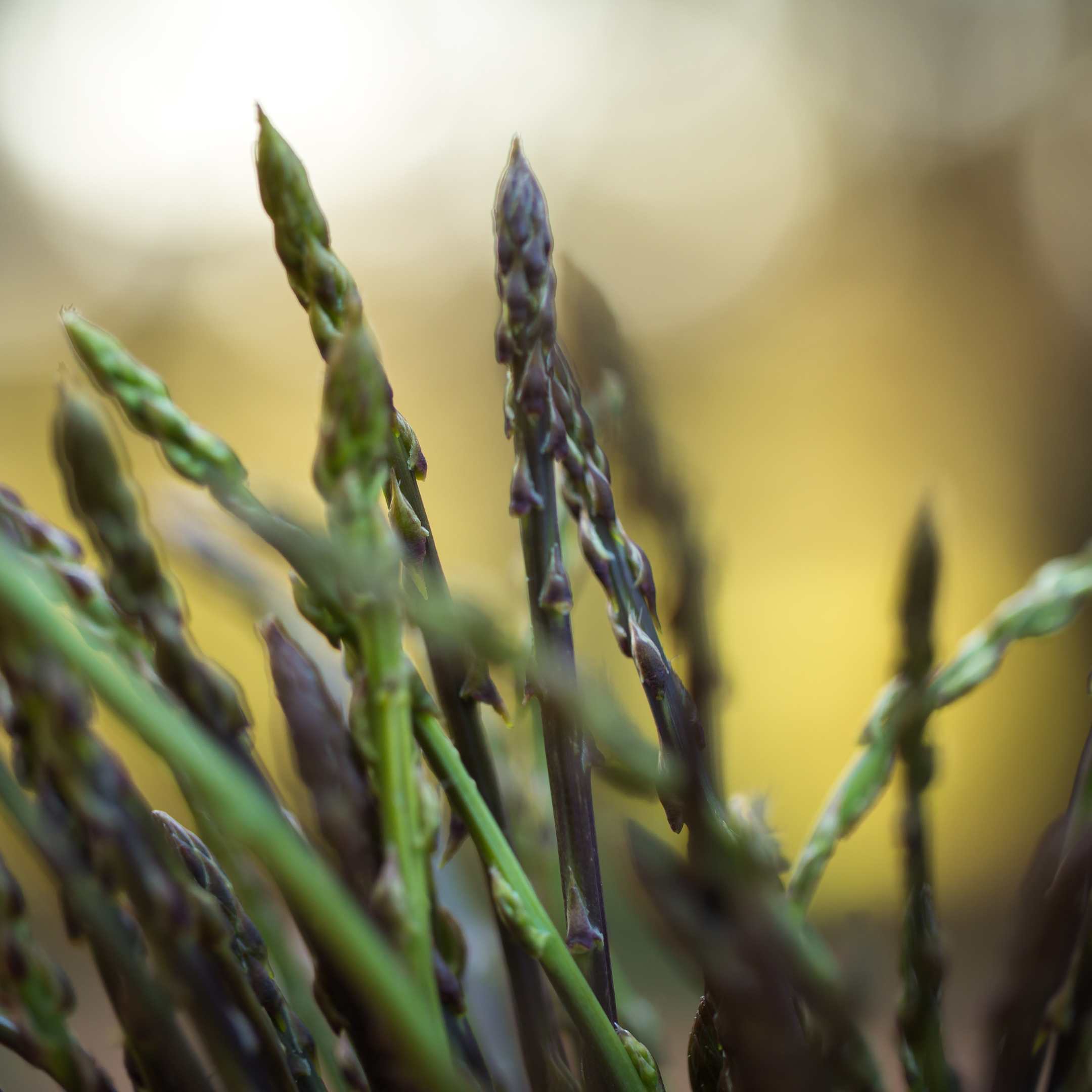Join us for our next Mindful Art session with Abi MacLeod on Saturday August 10th at the Qawsalla Hub from 11am to 1pm for an afternoon of mindful painting! All supplies are provided, just bring
Did you know that Maltese Leek is found on Gozo and has the same medicinal virtues as garlic?
Author of, Weeds For Health On Gozo, Heléna Szöllősy shares everything you need to know about the wild plants that make up Gozo’s unique and diverse flora. Enjoy learning about the healing benefits and many usages of Maltese Leek which grows on Gozo between May and July.
Maltese Leek
Allium Melitense
Botanical Name: Allium melitense - Sommier and Caruana, Borgm Cif. and Giacom. Synonyms: Allium ampeloprasum var. melitense, Porrum ampeloprasum Family Name: Amaryllidaceae Maltese Name: Kurrat ta’Malta Common Names: Broadleaf wild leek, Great-headed garlic, Maltese leek, Wild Leek Meaning of the Name: Allium, Latin name for garlic onion, and chive, melitense, Latin, maltese, ampeloprasum, from Greek ampelos, αμπελοϛ, ’a vine’, prason, πρασον, ’leek’; um, Latinizing nounal suffix. A wild leek found in Greek vineyards.
DESCRIPTION
Maltese leek is a bulb growing to 20-30 cm high. Leeks actually are true perennials, perennating by means of small lateral growths. The flowers are hermaphrodites (have both male and female organs) and are pollinated by bees and insects.
On Gozo, it is in flowers from May to July. In its second season of growth, it has a long, white stalk that is cylindrical with a small bulb. The leaves are flat, broad, long, and dark green and wrap around tightly like a rolled newspaper. Rather than forming a tight bulb like the onion, the leek produces a long cylinder of bundled leaf sheaths, which are generally blanched by pushing soil around them (trenching). Larger bulbs can be produced if the plant is prevented from flowering in the second year.
- Habitats: Rocky places near the coast
- Range: Maltese islands
- Status for Malta: Endemic. Found only on Maltese islands.
- Parts Used: flowers, leaves, bulbs.
- Herbal Actions: Anthelmintic, Anti-asthmatic, Anticholesterolemic, Antiseptic, Antispasmodic, Cholagogue, Diaphoretic, Diuretic, Expectorant, Febrifuge, Stimulant, Stomachic, Tonic, Vasodilator.
- Main Active Constituents: allicin, citral, geraniol, linalool, phellandrene, camphor, iron manganese, calcium, phosphorus, sodium, potassium, vitamin A, vitamin B1, B2 and B6, vitamin C.
INTERNAL USES:
Wild leek belongs to the Allium genus which includes onions, garlic, shallots, leeks, scallions, and chives and has the same medicinal virtues as garlic, but in a much milder and less effective form. These virtues are as follows:
- Garlic has a very long folk history of use in a wide range of ailments, particularly ailments such as ringworm, Candida, and vaginitis. where its fungicidal, antiseptic, tonic and parasiticidal properties have proved to be a benefit.
- It is said to have anticancer activity.
- Fresh garlic cloves can be regularly consumed as part of the diet in the form of a prophylactic herbal remedy – to ward off the risk of infection.
- Consuming wild leek and garlic on a regular basis in the diet also helps in reducing high cholesterol levels in the blood and has a great beneficial effects on the body, especially the blood system and the heart. It slows the development of arteriosclerosis and lowers the risk of further heart attacks in myocardial infarct patients.
- Garlic reduces glucose metabolism, helps lower blood sugar levels garlic in diabetics.
- It is used to treat all kinds of digestive disorders, three to six crushed cloves can be eaten daily, especially when dealing with acute conditions such as severe digestive disorders – including gastroenteritis, dysentery, intestinal worms, and other infections of the digestive system. It possesses outstanding germicidal properties and can keep amoebic dysentery at bay. Garlic aids detoxification of chronic lead poisoning.
- Garlic cloves can be turned into a herbal garlic juice to relieve digestive disorders and infections. Drinking the juice daily will also help a person fight chronic atherosclerosis.
- Maceration – Three or four cloves of garlic can be steeped overnight in a little water or milk. This garlic liquor can be used the next day for ridding the body of intestinal parasites.
EXTERNAL USES:
- Externally, the expressed juice is an excellent antiseptic for treating wounds. Fresh garlic cloves can also be mashed and used on warts and verruca, or to draw out corns and soothe irritated skin.
- The crushed bulb may be applied as a poultice to ease the pain of bites, stings etc.
EDIBLE USES:
- Bulb – raw or cooked. The small leek bulbs can vary considerably in size from 2 – 6cm, they have a fairly strong leek to garlic flavour and are nice as a flavouring in cooked foods. The bulbs of selected cultivars are exceptionally large with a mild garlic flavour.
- Flowers – raw. A similar flavour to the leaves but they have a somewhat dry texture and are best used as a flavouring in cooked foods. The bulbils have a mild garlic flavour and make a nice flavouring in salads and cooked foods. Although produced abundantly, they are quite fiddly to use because they are small. They can also be pickled.
- Leaves – raw or cooked. A pleasant mild to strong garlic flavour, they are available from late autumn to the spring though they can become rather tough and fibrous as they get older.
OTHER USES
- The plant can be used as a repelant.
PRECAUTIONS: Some of the side effects when consuming Allium species include a reduction in the clotting time of blood. This effect of the herb can lead to the development of medical problems in individuals already on aspirin or those using anticoagulant medications on a routine basis.
Make This! Spring Greens Skillet
Ingredients
- 2 small bunches of wild leeks
- 1 bunch of chard
- 4 eggs
- goat cheese, to taste
- olive oil, for drizzling
- salt and pepper
Preparation
- Bring a medium pot of salted water to a boil.
- Separate the chard stalks from the leaves. Blanch the stalks in the boiling water for 3 minutes; then add the leaves and continue cooking for another 2 minutes.
- Drain, and refresh under cold running water.
- Squeeze the chard dry, then roughly chop it.
- Heat your skillet over medium heat and add a swirl of olive oil. Add the wild leeks, tossing until just slightly wilted (about a minute or two).
- Add the chard to the skillet, tossing to combine. With a wooden spoon, nudge the greens around to make a small crater for each egg. Now, add the eggs one at a time into their designated craters.
- Dot with goat cheese, drizzle lightly with olive oil, and season with salt and pepper.
- Cook until the eggs begin to whiten and finish briefly under the broiler- a minute should do. Enjoy with a fresh baguette, or other crusty rustic bread.
Want to learn what else you can forage on Gozo? Click here.
Author : Heléna Szöllősy. Editor: GITH

Helena is an expert on the medicinal properties of plants having trained in Herbal Medicine and Naturopathy, specialising in Phytotherapy including Homeopathy, Aromatherapy, Apitherapy and Bach Flower Therapy.
Information on the traditional uses and properties of herbs are provided in this book for educational purposes only and is not intended as medical advice. This information is not intended to be used to diagnose, prescribe or replace professional medical care. If you have any serious health concerns, you should always check with your health care practitioner before self-administering herbs. Please also undertake your own research when foraging. Some wild plants are endangered and are protected by law.









